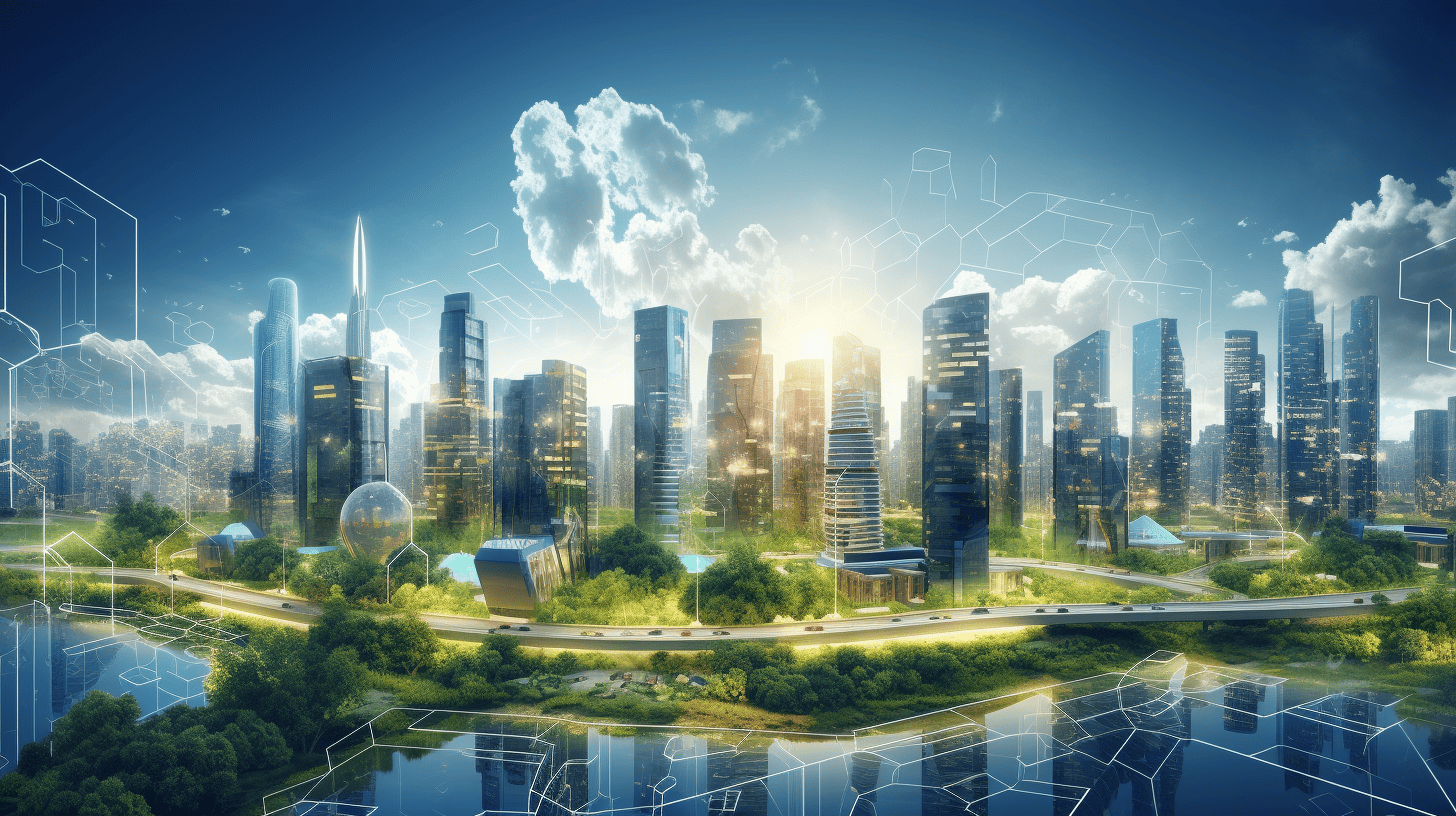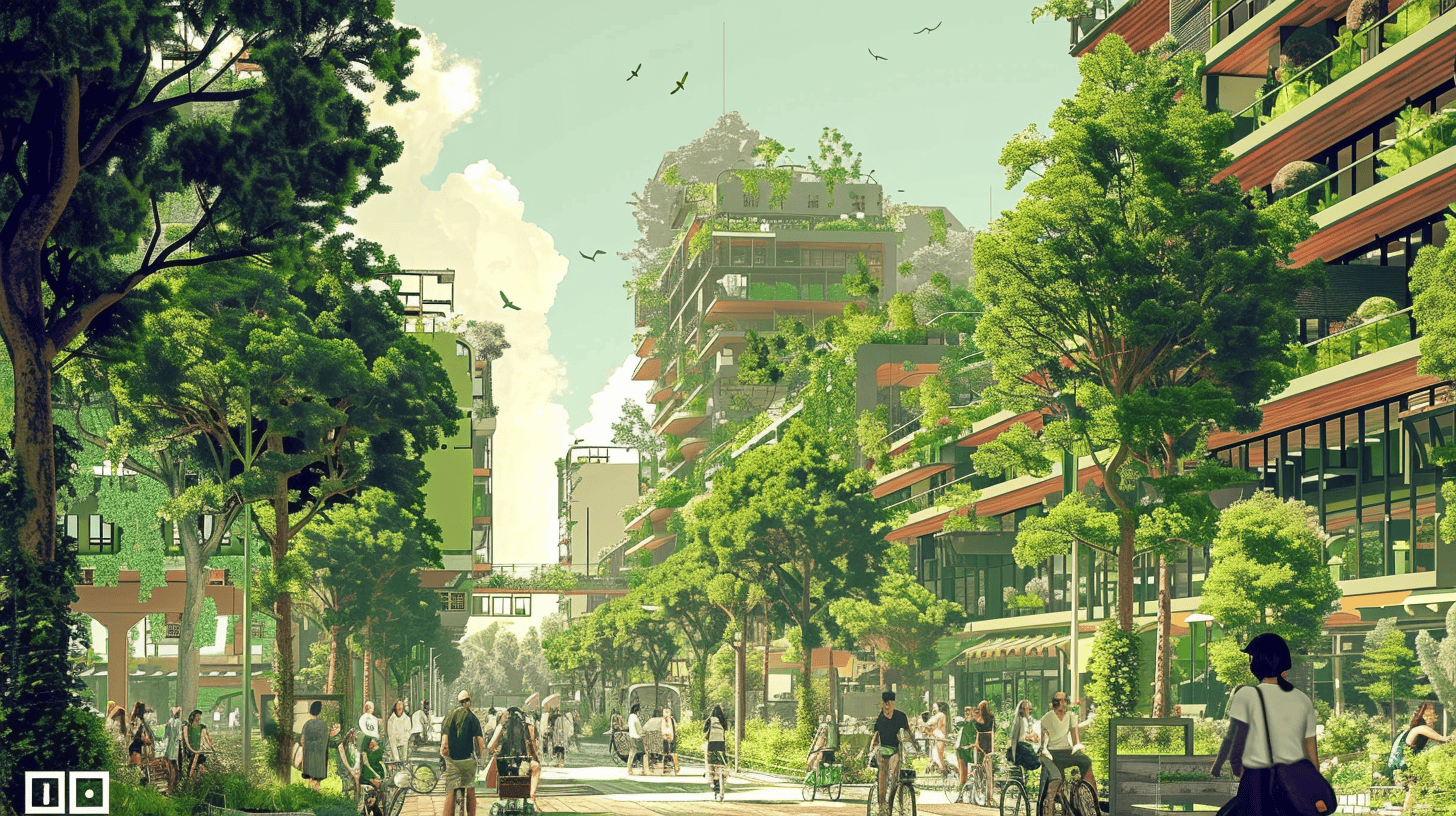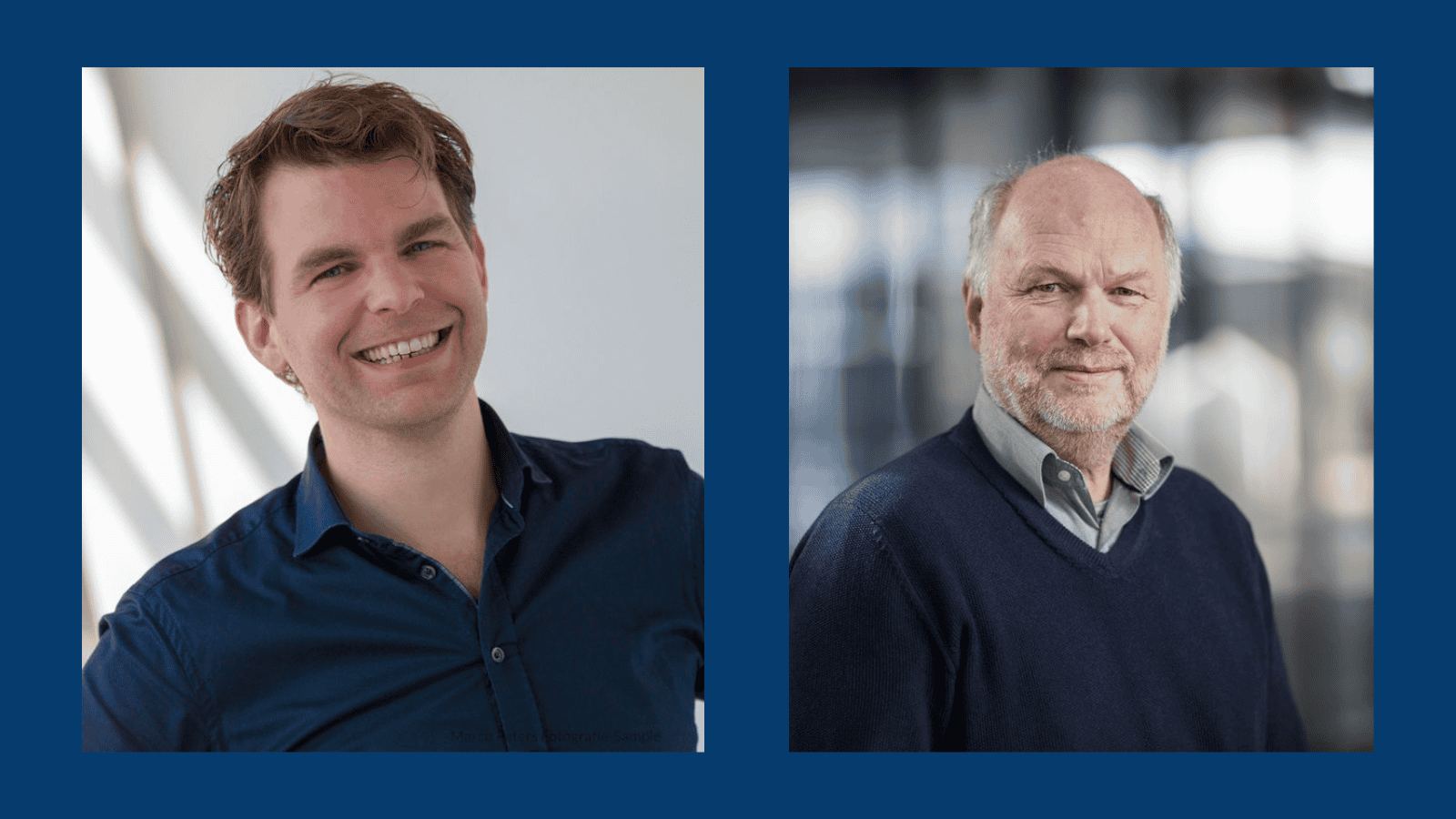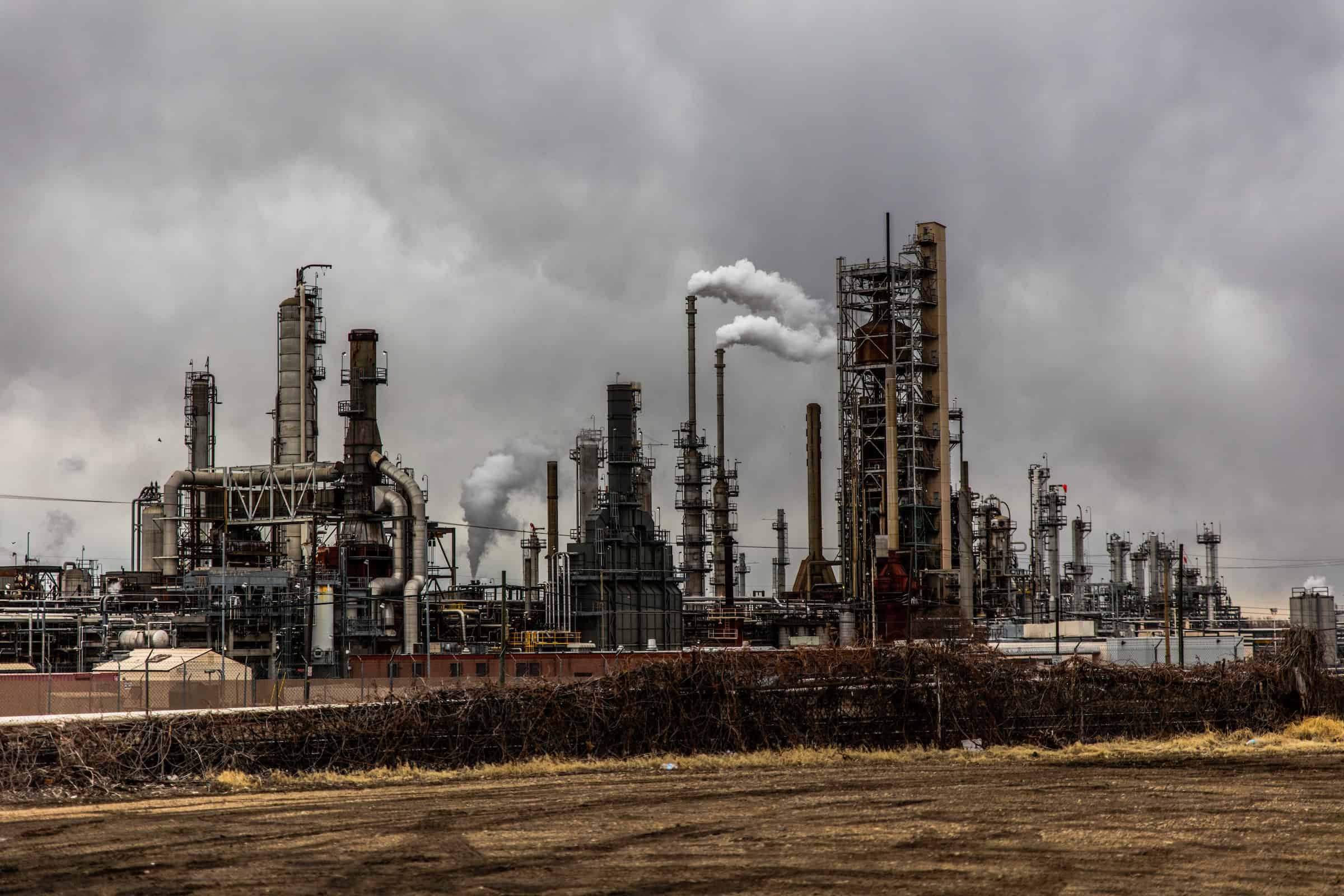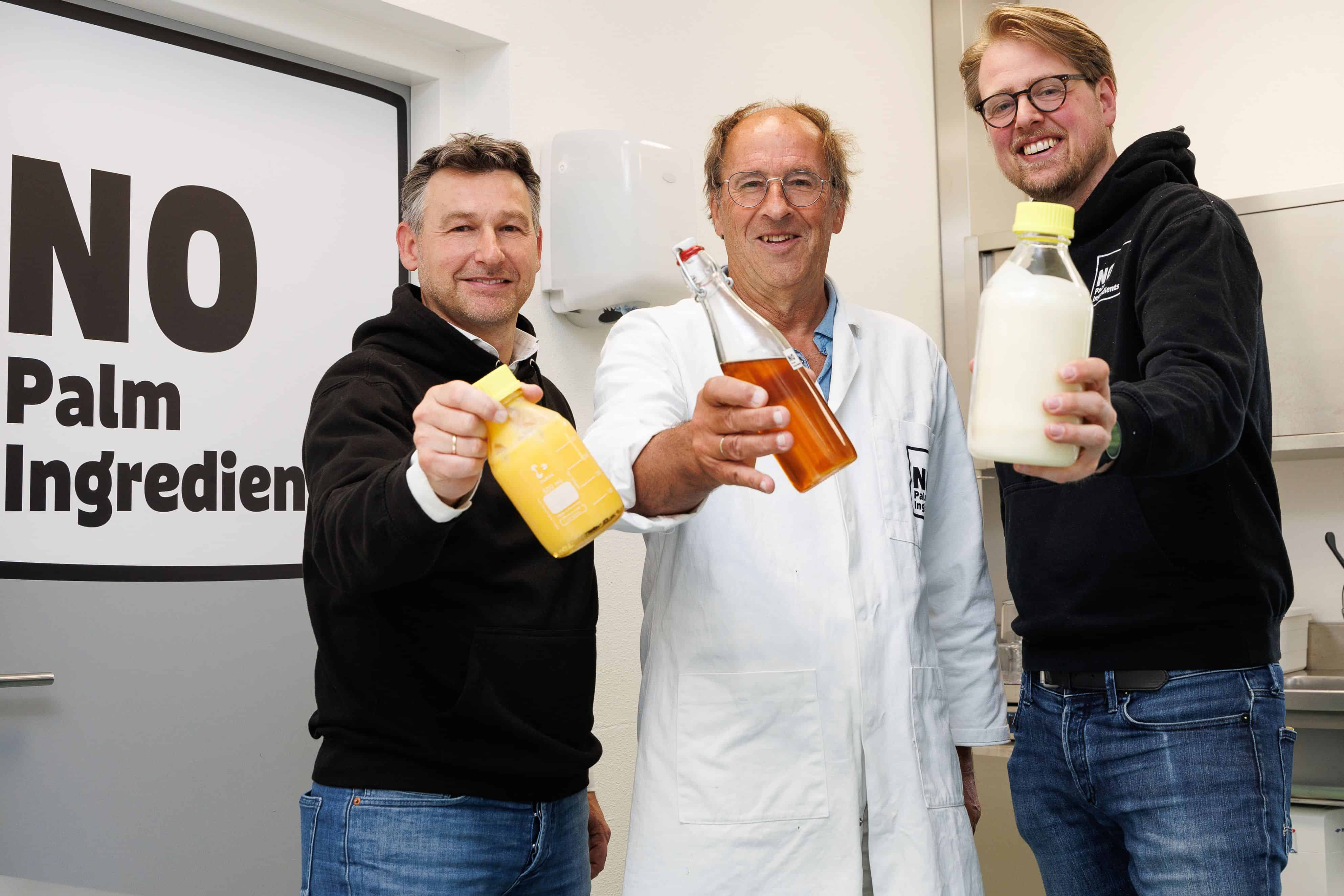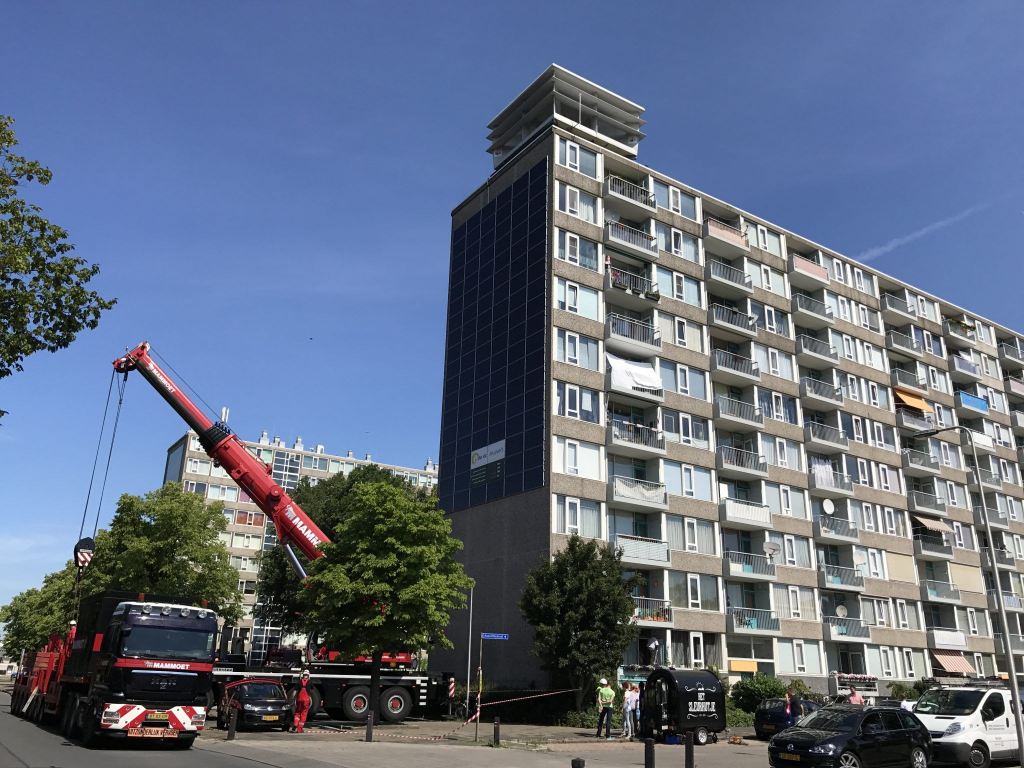
Climate change exists. Global temperatures rise higher each year, causing polar ice caps to melt and sea levels to rise. It’s an exercise in frustration to rely on governments to come up with a solution. Instead, lasting solutions will most likely come from the private sector. One such company is IBIS Power, a company that combines solar panels and wind turbines to create a complete energy solution for buildings five stories and higher.
More on IBIS Power, PowerNEST and Alexander Suma here
While finishing his PhD at the University of Miami in 2009, IBIS founder Dr. Alexander Suma became frustrated with the air conditioning units running constantly to cool Miami’s six million residents. He devised a way to combine wind and solar to create the ultimate clean energy source. “I had a big mouth, a great idea, and zero experience,” said Suma in a recent interview. His product, called PowerNEST, lifts solar panels four meters off the roof. Turbines powered by wind are then installed beneath the solar roof, providing a constant energy source.
When the company launched in 2012, Suma’s staff consisted of students and volunteers who were loyal and enthusiastic but temporary. So he began hiring. His staff looked to him for direction and depended on his leadership. It meant a new role for Suma with growing responsibility. “By 2015 I made the big step to hire 15 people, moved to a big office, and had the ambitious aim to fully finish, validate, and make the product market ready,” said Suma. “I had to learn a lot and fast. Anything that could go wrong did, but looking back I learned a lot by those failures and treasure the experience.”
2015 also marked the year IBIS received funding from the European Union, allowing them to build the first PowerNEST, test it, and validate their findings. One such test took place in Utrecht on an apartment building run by the local social housing association. After installing the PowerNEST on the roof the big concern came to be how residents would be affected. Would it make too much noise? Will there be vibrations? “Our concerns were put to rest when we spoke to the woman who lived directly below,” said Suma. “She’s become our ambassador. She didn’t hear a thing and loved it so much that she went to the association and said, ‘You’re not touching this building without putting a roof full of PowerNESTs on it.’”
So that’s just what they are doing with PowerNEST 2. “We went from PowerNEST 1, which was a single model solution, to a full-roof solution, utilizing all the roof space with wind and solar to generate as much energy as possible,” said Suma. For instance, they are working on a 17-unit apartment building in Delft. “We’ll place 16 turbines and more than 800 solar panels, which would generate 400 megawatt hours per year. With that you can fully supply 14 levels of the building, which is 196 apartments. We would be the first ones in the world to fully be able to do that on such a big scale.”
IBIS appears to be collecting awards as often as they collect projects. This spring they received Building Holland’s Innovation Challenge Award for 2018, competing against 70 other entries. The Chinese government also held a global competition called the Innovation and Entrepreneurship International Competition (IEIC) based in Shenzen, China. The competition began in different innovation regions with IBIS Power competing in the Berlin region. “We won the sustainability award in Berlin and then had to compete against all disciplines, not just energy, with companies from all over the world. Each region had their finals and then it all came together in Shenzen. It was challenging,” said Suma. “We didn’t win in Shenzen, but it was great to compete against the best of the world and be part of the IEIC. It actually resulted in us finding our first project in China, manufacturing partners in Berlin, and a little money, which always helps.”
The exposure from the new building sites and the competitions has led to several more projects on the horizon. “Sustainability has become the number one factor in the design of new buildings,” said Suma. Upcoming projects include buildings in New York, Rotterdam, Shenzen, and Copenhagen and include office and residential buildings. From July 2018 new construction in the Netherlands will no longer be allowed to use natural gas if alternatives are available, a major push for PowerNEST.
IBIS, named for the University of Miami’s school mascot, now has a strong team of six and Suma values his leadership role. However, he still sees himself as an entrepreneur rather than an administrator. “I am back to being involved in the technical parts, sales, meetings, suppliers, strategic vision, but continue to diminish administration to the necessary minimum. We have way too much work on our hands, but I rather do it with a well-coordinated and powerful small team than an inconsistent large team.”
“PowerNEST is a great solution to solve the natural gas issue in the Netherlands because it’s an easy top-of-the-roof solution,” said Suma. “You don’t have to touch your building. Instead, you can actually just put it on top and start replacing gas heating immediately.” Full reliance on renewable energy like wind and solar is a great place to begin stopping climate change and the easier companies can make it for consumers, the better.






